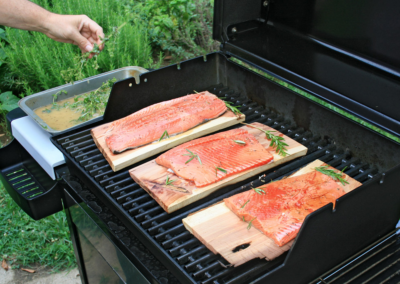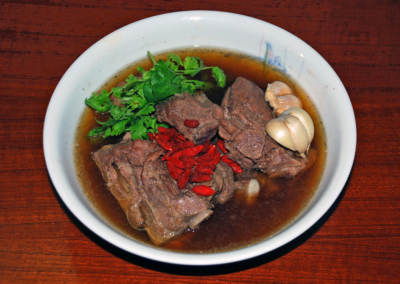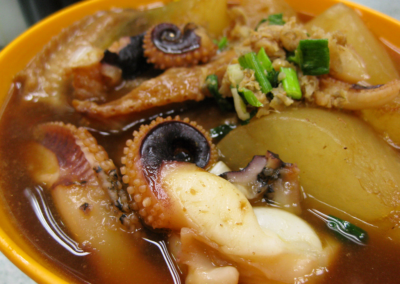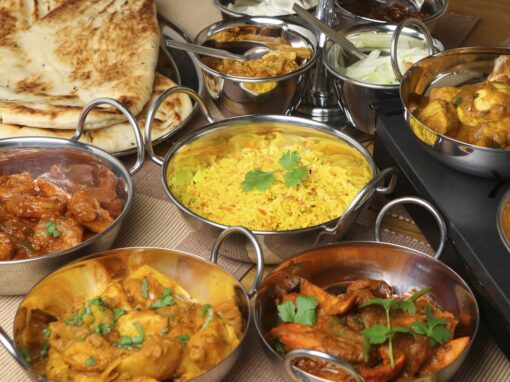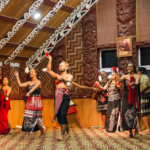Ganjang-gejang (raw crab marinated in soy sauce) is a traditional Korean dish that delights the taste buds with its rich flavours and special preparation. This delicacy is deeply rooted in Korean culinary heritage, offering a glimpse into the country’s rich history, diverse food culture and love for seafood.
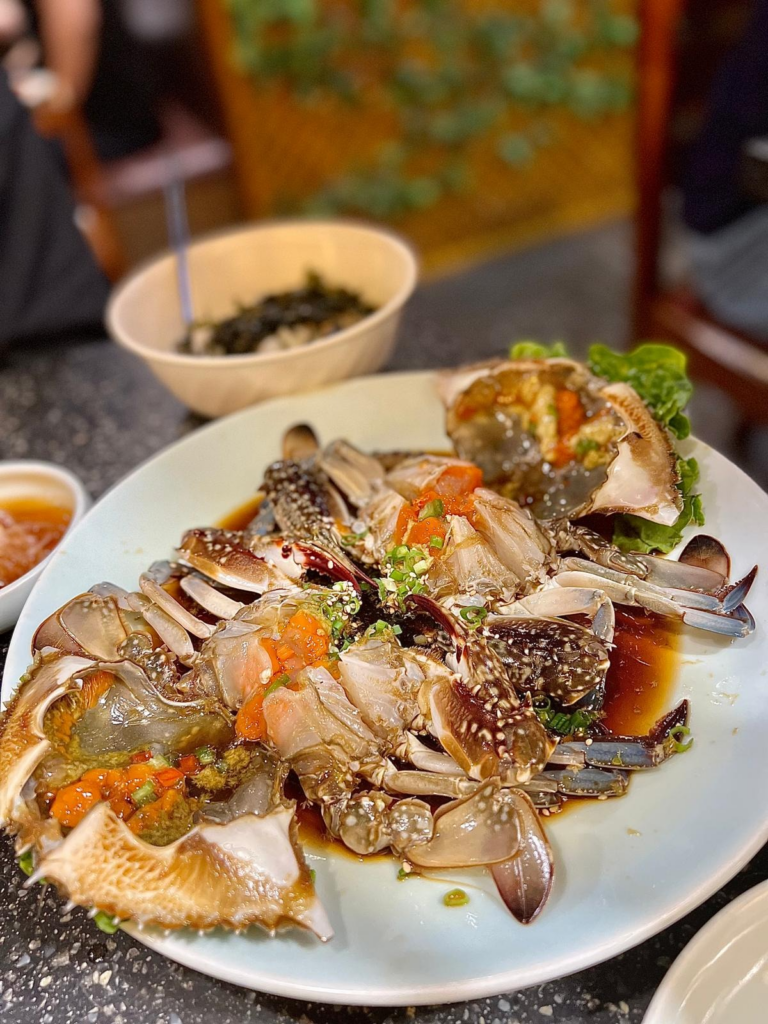
History and Origins
Ganjang-gejang traces its origins back to the coastal areas of Korea, where are bountiful in fresh seafood. The dish can be dated back to the Joseon Dynasty (1392-1910) where it was predominantly savoured by the royal court and the nobility. Over time, it gained popularity among the general population and became an integral part of Korean cuisine.

Preparation and flavours
The preparation of ganjang-gejang involves marinating fresh, live crabs in a savoury blend of soy sauce, garlic, ginger, and other aromatic ingredients. The crabs are left to ferment for several days, allowing the flavours to permeate themeat and enhance its sweetness. The result is a fusion where the umami-laden soy sauce intertwines with the tender meat of the crab.
Cultural significance
Beyond its culinary appeal, ganjang-gejang holds cultural significance in Korean society. The dish is often enjoyed during festive occasions, family gatherings and special celebrations. It symbolises a sense of unity and collective enjoyment as it is traditionally enjoyed in a group. Everyone uses their hands to crack open the crabs and relish the meat together.
Where to experience ganjang-gejang
When visiting Korea, you can indulge in the flavours of ganjang-gejang by dining at authentic seafood restaurants, browsing through traditional market stalls or seeking out specialised establishments serving the dish. These venues offer an immersive experience, allowing visitors to witness the meticulous preparation process.
Ganjang-gejang is a culinary treasure that highlights Korea’s profound bond with its coastal landscapes, vibrant food culture and communal dining customs. With its tempting flavours and cultural significance, this dish is a must-try for travellers seeking to explore the diverse and delicious world of Korean cuisine.




